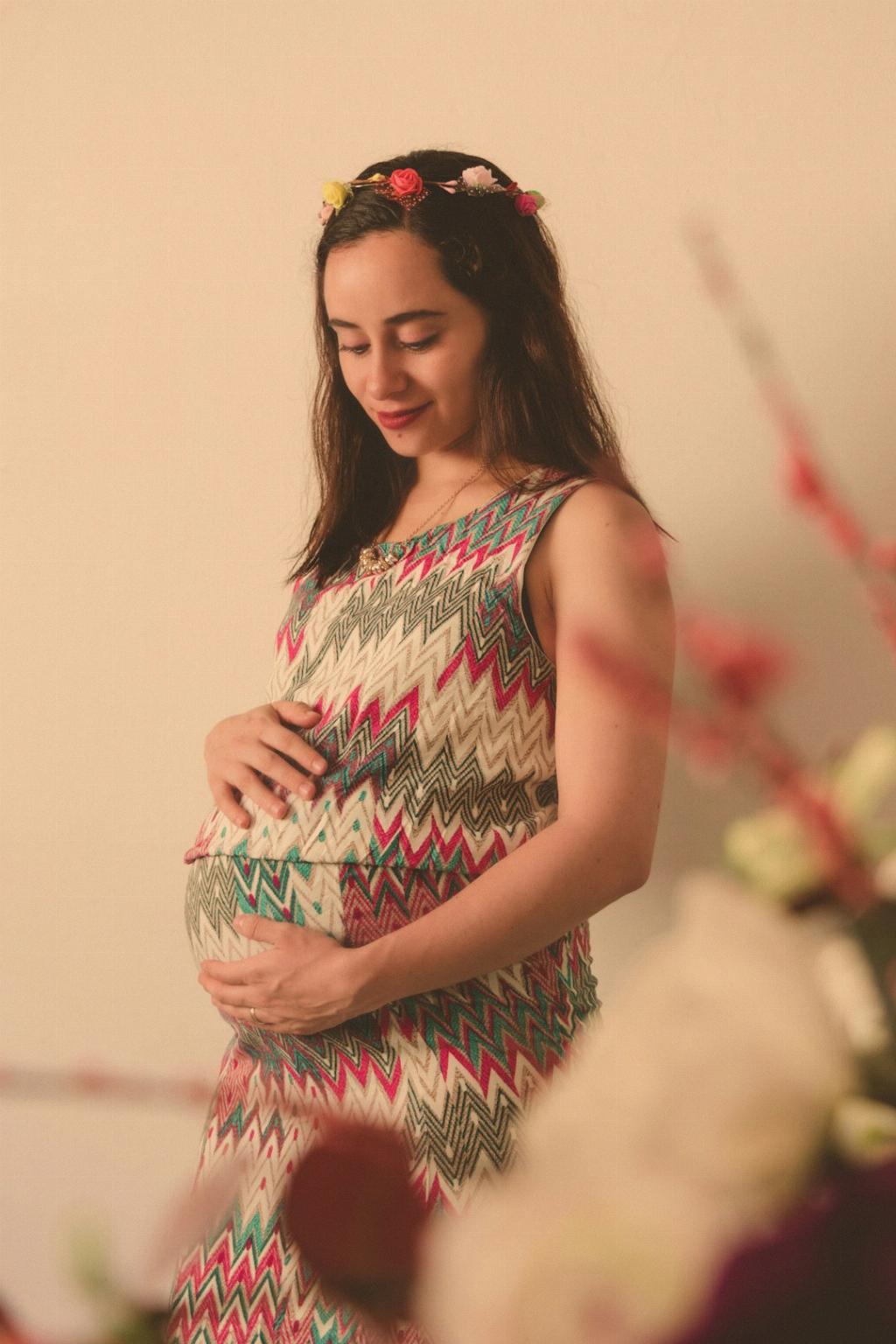When it comes to protecting yourself from pesky bugs during pregnancy, safety is of utmost importance. With concerns about potential harm to the developing fetus, many expectant mothers wonder which bug repellents are safe to use. Fortunately, the Environmental Protection Agency (EPA) has conducted extensive studies on the effectiveness and safety of various repellents and has provided valuable recommendations for pregnant women to consider.
The Role of the Environmental Protection Agency (EPA)
The EPA plays a crucial role in assessing the safety of bug repellents, particularly for vulnerable populations such as pregnant women. Through rigorous testing and evaluation, the EPA has identified three active ingredients that are considered safe for use during pregnancy: DEET, picaridin, and IR3535.
DEET: A Widely Used Active Ingredient
DEET is one of the most common active ingredients found in bug repellents and is known for its effectiveness in repelling a wide range of insects. Despite concerns about its safety, numerous studies have shown that when used as directed, DEET is safe for use during pregnancy. It provides long-lasting protection against mosquitoes, ticks, and other biting insects.
Picaridin: An Alternative to DEET
For those who prefer an alternative to DEET, picaridin is another active ingredient recommended by the EPA for pregnant women. Picaridin offers effective protection against mosquitoes and ticks without the strong odor often associated with DEET-based products. It is gentle on the skin and provides lasting protection against a variety of insects.
IR3535: A Safe and Effective Option
IR3535 is another active ingredient that has been deemed safe for use during pregnancy. It provides reliable protection against mosquitoes, ticks, and other biting insects while being gentle on the skin. IR3535 is a popular choice for those looking for a DEET-free alternative that still offers effective bug repellent properties.
Considerations When Using Bug Repellents During Pregnancy
While DEET, picaridin, and IR3535 are considered safe for use during pregnancy, it is important to follow the manufacturer’s instructions carefully when applying bug repellents. Avoid applying repellents to areas of broken or irritated skin, and wash off the product when you return indoors. Additionally, consider using protective clothing and avoiding outdoor activities during peak mosquito and tick times.
Natural Alternatives to Traditional Bug Repellents
For those who prefer natural alternatives, several essential oils and plant-based repellents can offer protection against bugs. Ingredients such as citronella, lemon eucalyptus, and lavender are known for their bug-repelling properties and are safe options for pregnant women. While these natural repellents may not offer the same level of protection as DEET or picaridin, they can still be effective in reducing bug bites.
Consulting with Healthcare Providers
If you have any concerns about using bug repellents during pregnancy, it is always best to consult with your healthcare provider. They can provide personalized recommendations based on your individual health status and any specific concerns you may have. Your healthcare provider can help you weigh the benefits of bug protection against any potential risks to ensure the safety of both you and your baby.
Conclusion
In conclusion, when it comes to choosing a bug repellent for pregnancy, it is important to prioritize safety and effectiveness. DEET, picaridin, and IR3535 are recommended active ingredients that have been studied and deemed safe for use during pregnancy. By following the manufacturer’s instructions, considering natural alternatives, and consulting with your healthcare provider, you can protect yourself from bugs while safeguarding the health of your baby.

